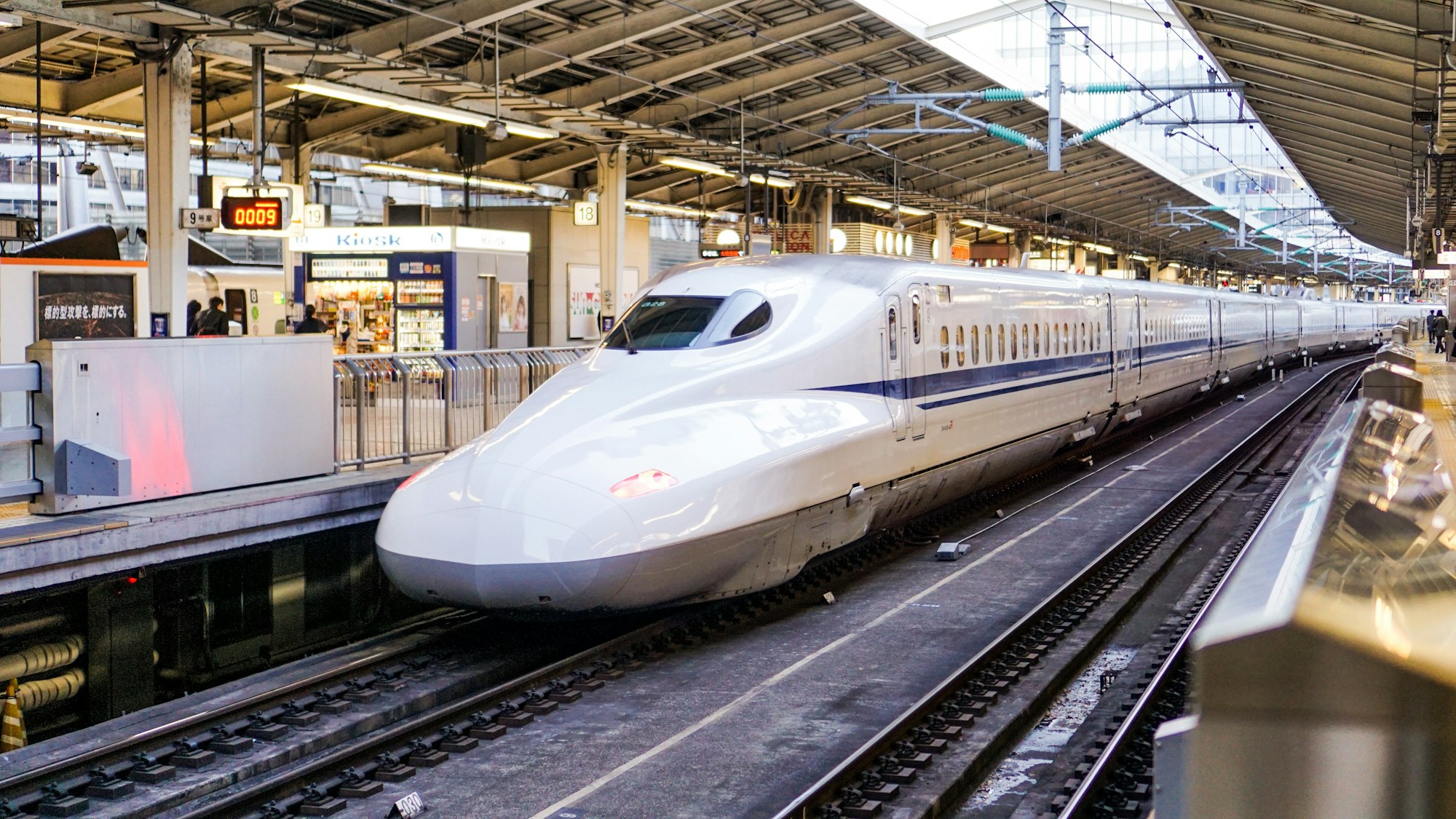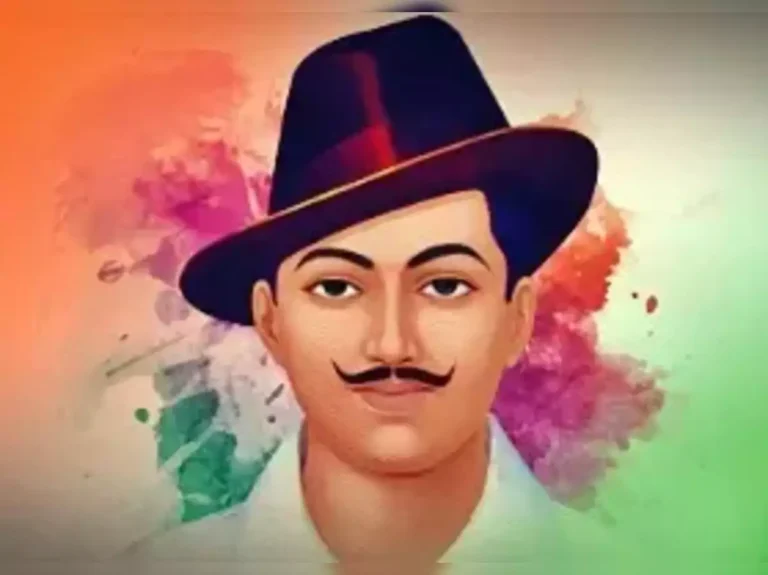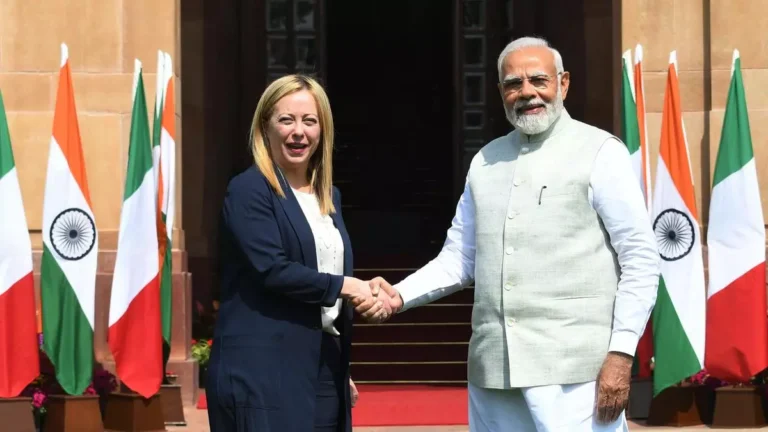
In the vast tapestry of India’s transportation network, one thread stands out boldly – the Indian Railways. Spanning across the length and breadth of the nation, it’s not just a mode of transport; it’s a lifeline, connecting people, cultures, and aspirations. Over the years, the Indian Railways has undergone a profound transformation, evolving from its humble beginnings to a modern, efficient, and technology-driven entity. Let’s embark on a journey through time and explore the remarkable transformation of Indian Railways.
A Journey Through Time:
The genesis of Indian Railways can be traced back to April 16, 1853, when the first passenger train chugged between Bombay (now Mumbai) and Thane. From those modest beginnings, Indian Railways has grown into one of the largest rail networks in the world, covering over 67,000 kilometers of track and carrying more than 23 million passengers daily.
Challenges and Milestones:
The journey of transformation was not without its challenges. Over the decades, Indian Railways grappled with issues like aging infrastructure, passenger safety concerns, operational inefficiencies, and financial constraints. However, each challenge became an opportunity for innovation and reform.
One of the significant milestones in the transformation of Indian Railways was the introduction of electrification. Electrification not only reduced dependency on fossil fuels but also enhanced operational efficiency and reduced carbon emissions. Today, Indian Railways boasts one of the largest electrified rail networks in the world.
Embracing Technology:
In the digital age, technology has emerged as a powerful catalyst for change, and Indian Railways has been quick to embrace it. From online ticketing platforms to GPS-enabled tracking systems, technology has revolutionized the passenger experience and operational efficiency.
The introduction of initiatives like the ‘Train 18’ (now Vande Bharat Express), India’s first indigenously built semi-high-speed train, and the ‘Tejas Express,’ equipped with state-of-the-art amenities, exemplifies Indian Railways’ commitment to innovation and excellence.
Sustainable Development:
In recent years, sustainability has taken center stage in the transformation journey of Indian Railways. The adoption of green technologies, such as bio-toilets and solar-powered stations, underscores Indian Railways’ pledge towards environmental stewardship.
Additionally, Indian Railways has embarked on ambitious projects like the Dedicated Freight Corridor (DFC) and the High-Speed Rail (HSR) project (Bullet Train), aimed at enhancing freight capacity and passenger connectivity while reducing travel time and carbon footprint.
Future Prospects:
As Indian Railways continues its journey of transformation, the road ahead is paved with endless possibilities. With the advent of initiatives like the National Rail Plan (NRP) and the modernization of signaling and communication systems, Indian Railways is poised to become a global leader in rail transportation.
Furthermore, collaborations with international partners and investments in research and development will further fuel innovation and propel Indian Railways into the future.
Conclusion:
The transformation of Indian Railways is a testament to the resilience, adaptability, and ingenuity of the Indian spirit. From steam engines to high-speed trains, from manual ticketing to online booking platforms, Indian Railways has come a long way, evolving with the times while staying true to its core mission of connecting people and places.
As we look towards the horizon, the journey of transformation continues, fueled by a vision of a modern, sustainable, and inclusive rail network that serves not just the present generation but also generations to come. In the grand tapestry of India’s story, Indian Railways remains a vibrant thread, weaving together the aspirations of a nation on the move.




